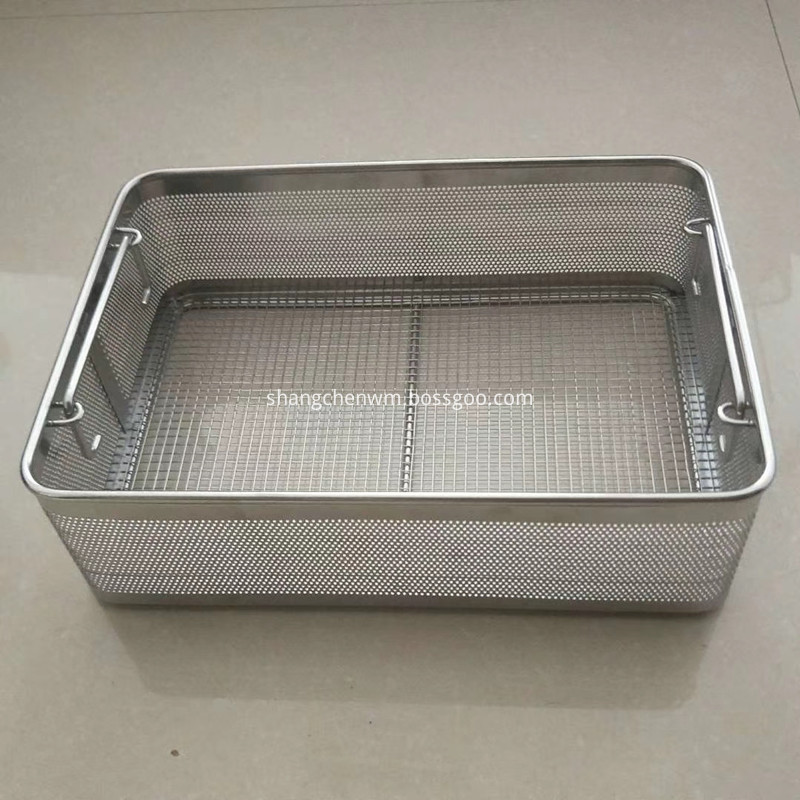**Breeding Techniques of Broilers**
The red-bellied golden pheasant, also known as the golden pheasant, is a species belonging to the pheasant family. It is one of the most beautiful and elegant birds in the world and is considered a unique and precious species in China. Known for its ornamental value and delicious meat, it has long been regarded as a rare and valuable bird.
In recent years, through extensive research and domestication, the golden pheasant has successfully adapted to artificial breeding conditions, making it a well-known ornamental bird in China. It is also a rare game bird that has gained popularity among people. Due to its limited availability in the market, especially in coastal cities, the price of a single golden pheasant can range from 150 to 300 yuan. When processed into specimens, the price can reach up to 1,000 yuan per piece. This makes pheasant breeding a promising industry with great economic potential.
First, understanding the physical characteristics and behavior of the golden pheasant is essential for successful breeding. The golden pheasant is slightly smaller than the common pheasant, with distinct differences between males and females. Males are more colorful and striking, featuring a golden crest on the head, gold-brown feathers around the neck, and vibrant red and green plumage on the back and belly. Its tail feathers can grow up to 75 cm long, covered in cinnamon-yellow spots, making it one of the most visually stunning birds in the world. Historically, these feathers were used in luxury items like fans, highlighting their high decorative value. Additionally, the meat is flavorful and has medicinal properties, used for stopping bleeding, detoxifying, and treating skin conditions.
Golden pheasants have similar habits to other pheasants, being adaptable to various climates. They thrive in both warm regions like Guangdong and colder areas such as Xinjiang. With generations of artificial breeding, they have become less fearful and more comfortable around humans. Breeding success rates have increased significantly over the years, with some flocks producing up to 43 eggs per hen annually. A male-to-female ratio of 1:2 to 1:3 is recommended for optimal breeding results.
Second, the reproduction and rearing of golden pheasants require careful management. Hens typically begin laying eggs in early April and continue until July, producing an average of 20 eggs per clutch. Artificial incubation using broody hens or mechanical incubators is common. Eggs should be collected daily to prevent hens from sitting on them too long. The incubation period lasts about 22 days, with temperature maintained at 38–38.5°C and humidity at 65–75%. Newly hatched chicks weigh around 20 grams and require careful temperature control during the first few weeks.
Chicks should be given clean water before food, and the brooding area must remain dry and hygienic. Feed should be high in protein (22–24%) and include vitamins A and C. Proper feeding practices help prevent foot deformities and promote healthy growth. Density should be carefully managed, with 50–70 birds per square meter initially, gradually reduced as the chicks grow.
Third, adult breeding management is crucial for maintaining health and productivity. Breeding pens should be sunny, dry, and quiet, with space for free movement. A combination of indoor and outdoor areas helps improve feather quality and overall vitality. Breeding density should be kept low, around 2 birds per square meter, while commercial flocks may be housed at 8 birds per square meter.
During the breeding season, light exposure should be gradually increased to 16 hours per day to stimulate egg production. Nutrition should include balanced feed with added vitamins, minerals, and green vegetation. Males should be monitored closely to avoid aggression and ensure proper mating behavior. Regular checks for egg-laying and timely collection are essential for efficient breeding.
Fourth, disease prevention is a key aspect of golden pheasant farming. Chicks should receive prophylactic treatments such as oxytetracycline and glucose solution after three days. Vaccinations against Newcastle disease and other infections are performed at specific ages. Parasite control measures, including deworming, are also important for maintaining flock health.
Overall, the breeding of golden pheasants offers a unique opportunity in the poultry industry, combining beauty, economic value, and cultural significance. With proper care and management, this rare bird can thrive in captivity and contribute to sustainable agricultural practices.
*Edited by Shanghai Emerging Rare Poultry Farms*
Metal Basket
Metal Basket
The metal basket including stainless steel basket, galvanized basket, powder coated basket, etc. In general, our baskets be Welded Wire Mesh, weave Stainless Steel Wire Mesh, Perforated Metal sheet and Expanded Metal mesh furthur processing. These wire mesh can be cutting, welded, bending to be basket series.
Using of metal basket : sterilizing of hospital, hotel, family, supermarket, catering, etc.
The advantages of metal basket :
surface smooth
rust-free
corrosion-resistant
non-toxic
sanitary
environmental protection

Metal Basket,Stainless Steel Basket,Drying Basket,Basket Series,Wire Storage Basket
ANPING COUNTY SHANGCHEN WIREMESH PRODUCTS CO.,LTD , https://www.scwiremesh.com
